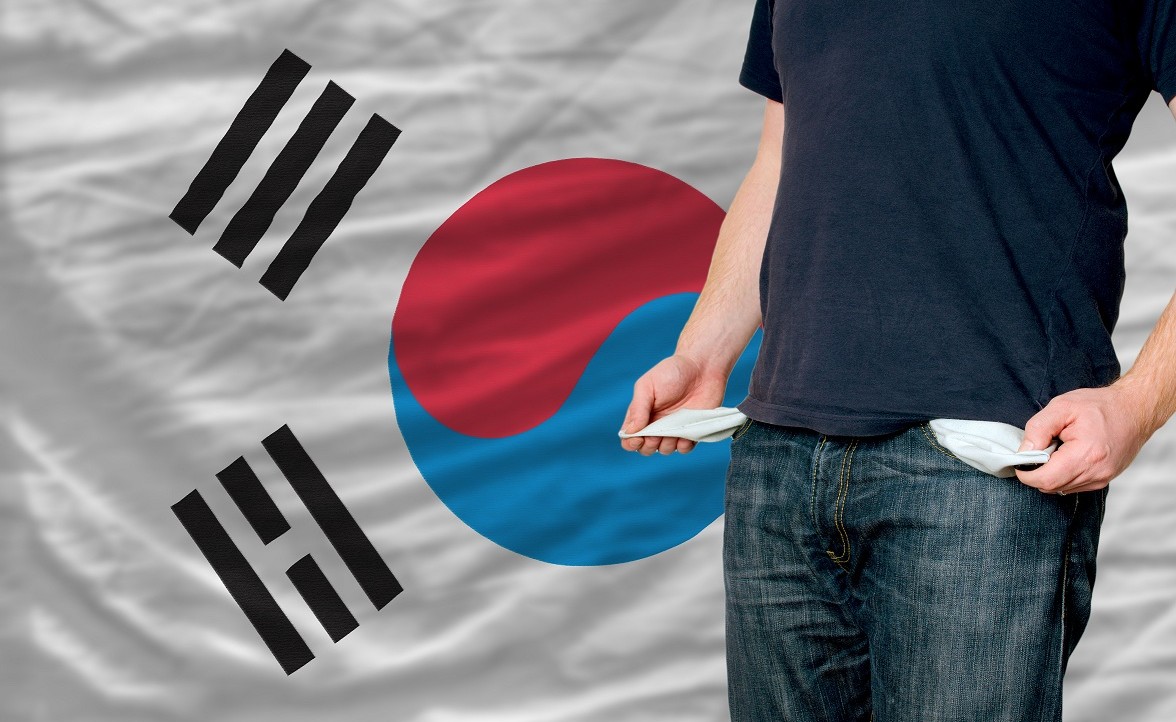Resumés in South Korea
Resumé type depends on the job role
If you’re on a WHV (H-1 visa) or are an international student looking for an entry level job, the hiring process and selection criteria will look very different from applying for a full-time skilled job at a Korean enterprise.
In the first case, a simple resume in English with the key information is enough. In the second, your resume will need to be more tailored specifically to Korean recruiter expectations.
Should I write in English or Korea?
If you’re looking for an entry level job, writing your resume in Korean isn’t necessary. In fact, it could even confuse the recruiter regarding your actual level, so it’s fine to keep it in English. The most important thing is to submit a clear resume with essential information. That said, even if you write it in English, the format and content should still follow Korean norms.
For skilled positions
If you’re aiming for a skilled job that could lead to visa sponsorship, it may be helpful to include a Korean version of your resume alongside your English one. Even if the recruiter speaks English, the hiring manager may not. A Korean version makes it easier for your resume to circulate within the company and reach key decision-makers. Presenting a Korean resume shows initiative and a willingness to learn and integrate, which can help set you apart from other candidates.
If you don’t speak Korean but decide to submit a Korean-language resume, make sure it’s free of errors by having it reviewed by a native speaker. Also, be sure to clearly state your level of proficiency in Korean to avoid any confusion.
How to format your resumé
In Korea, avoid flashy and creative resumes. Keep it clean and professional.
What to include in your resume
- Professional headshot (light retouching is common in Korea)
- Date of birth
- Your nationality
- Your visa type (if applicable)
- Past work experience
- Education history
- Relevant skills
- Languages
Example of a Korean resumé
Even if you write your resumé in English, you should still try to follow the Korean format. Here is an example.
Highlight the most relevant experiences based on the job description.
If you’re applying for a creative job, you can attempt a more unique design, but keep a classic version on hand as well.
The various sections in a Korean resumé
The Korean resume, called 이력서 (“ireokseo”), can vary greatly depending on the company. If a specific format is required, the company will usually provide it.
Here, we’re assuming you’re responding to a job post that doesn’t specify a format.
Education / 학력사항
Start from elementary school. Keep school names in English, but indicate the level (elementary school, high school, university, etc.). List chronologically from earliest to latest.
Example: 2001–2005 / 고등학교 Port Moody Secondary / High school diploma
Work Experience / 경력사항
Keep it short and to the point. State your job title and employer only.
Example: 2016–2017 / 회계사 / Tim Hortons (Canada)
Languages / 어학
If you’ve taken a language test, list it (e.g., TOPIK 2), your score, and the institution. If not, indicate your level (native, advanced, intermediate, beginner — in Korean: 모국어 / 상 / 중 / 하). Leave score and institution blank if there’s no certification.
Language 1: English / TOEIC / 850 / University of Oxford (United Kingdom)
Language 2: Korean / 하 / X / X
Other skills / 교육 / 연수
Here you can briefly list additional competencies (e.g., in software, sports, or arts), but only if you have notable experience. This isn’t for hobbies but actual proven skills.
If you know many programs, group them (e.g., creative software, office tools, Adobe Suite, Microsoft Office), and use abbreviations (e.g., PowerPoint → PPT). You can indicate your proficiency level (상–중–하).
Awards / 수상내역
List any awards, scholarships, and distinctions. If none apply, simply remove this section.
Final tips for a Korean resume
Korean resumes can be longer than one page. Some companies even accept CVs up to five pages! That said, you should strive for 1–2 pages.
You may choose to put your GPA (grade point average) in the Education section, but it’s not mandatory. This is because grading standards vary significantly between countries, so what might be considered a good score in your country might look low to an uninformed Korean recruiter.
Sections on military service, detailed family background, and health can be left out, as they are too specific to Korean nationals.












 Français
Français English
English




0 comments
{{like.username}}
Loading...
Load more